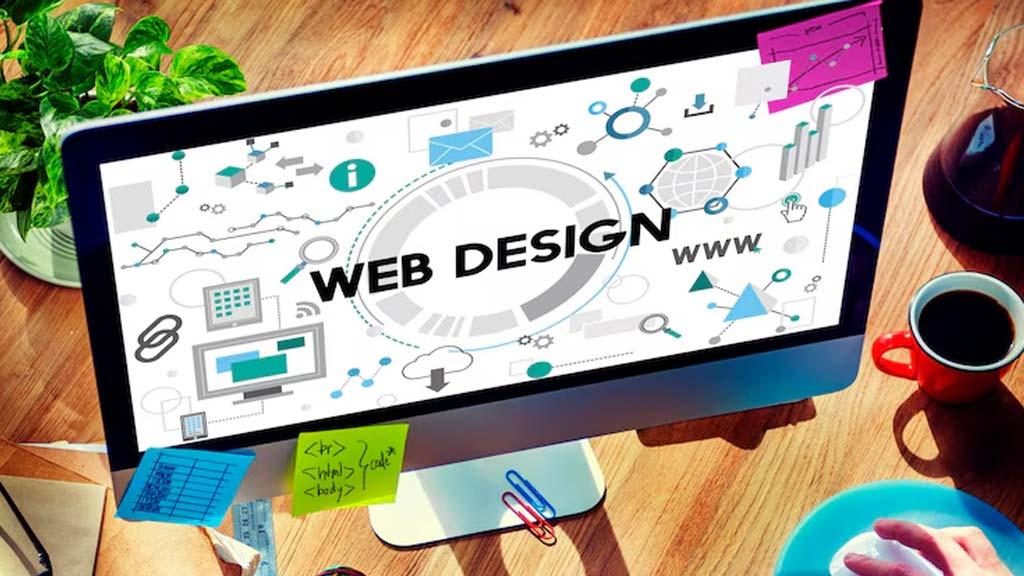News
Read the Montek Today
Explore the news article about technology,
Digital Marketing and global staffing.
Web Design Trends in 2024: Embracing Immersive and Personalized Experiences

New Delhi: As we step into 2024, web design trends are pushing boundaries to deliver more immersive and personalized experiences than ever before. From interactive storytelling to AI-driven personalization, websites are evolving to captivate and engage users in new ways.
1. Interactive Storytelling:
Web designers are increasingly adopting interactive storytelling techniques to create engaging narratives that unfold as users navigate through the site. This trend combines compelling visuals, animations, and user interactions to immerse visitors in a memorable digital journey.
2. 3D Graphics and Visuals:
The use of 3D graphics and visuals is on the rise, adding depth and realism to web design. Advances in WebGL and CSS3D technologies enable designers to create interactive 3D elements, animations, and product showcases that enhance user engagement and visual appeal.
3. AI-Powered Personalization:
Artificial intelligence (AI) is playing a pivotal role in web design by enabling personalized user experiences. AI algorithms analyze user behavior, preferences, and demographics in real-time to deliver tailored content, product recommendations, and user interfaces. This level of personalization enhances user satisfaction and increases conversion rates.
4. Dark Mode and Low-Light Design:
Dark mode and low-light design continue to gain popularity for their aesthetic appeal and user-friendly benefits. These design schemes reduce eye strain, conserve device battery life, and create a sleek, modern look. Many websites now offer users the option to switch between light and dark modes based on their preferences.
5. Minimalist and Clean Interfaces:
While immersive experiences are emphasized, minimalist design principles remain strong in 2024. Clean interfaces with ample white space, simple navigation, and intuitive layouts ensure that users can focus on essential content without distractions. This approach also enhances mobile responsiveness and accessibility.
6. Microinteractions and Animations:
Microinteractions and subtle animations are used strategically to provide feedback, guide user actions, and create delightful user experiences. From hover effects and loading animations to interactive buttons and scrolling transitions, these microinteractions enhance usability and engagement.
7. Voice User Interface (VUI):
The integration of voice user interfaces (VUIs) is expanding, allowing users to interact with websites using voice commands. VUIs enhance accessibility and convenience, particularly for tasks like search queries, navigation, and hands-free browsing.
8. Augmented Reality (AR) Integration:
Augmented reality (AR) is being integrated into web design to offer interactive and immersive experiences. AR technologies enable users to visualize products in real-world environments, try virtual try-ons for fashion and cosmetics, and explore interactive storytelling elements directly within their browsers.
9. Accessibility and Inclusivity:
Web designers are placing greater emphasis on accessibility and inclusivity in 2024. Designs are optimized for users with disabilities, ensuring compliance with accessibility standards (such as WCAG). Features like alternative text for images, keyboard navigation, and color contrast enhancements contribute to a more inclusive web experience.
10. Sustainability and Ethical Design:
There is a growing awareness of sustainability and ethical considerations in web design. Designers are prioritizing eco-friendly practices, optimizing performance to reduce carbon footprints, and advocating for ethical data usage and privacy practices to build trust with users.
Conclusion:
In 2024, web design is advancing towards more immersive, interactive, and personalized experiences. From AI-driven personalization to 3D graphics and augmented reality integration, websites are evolving to engage users in meaningful ways. As technology continues to evolve, web designers are at the forefront of creating innovative and user-centric digital experiences that set new standards for the future of the web.


Date : 2024-08-14 | By : Montek | Category: web-design